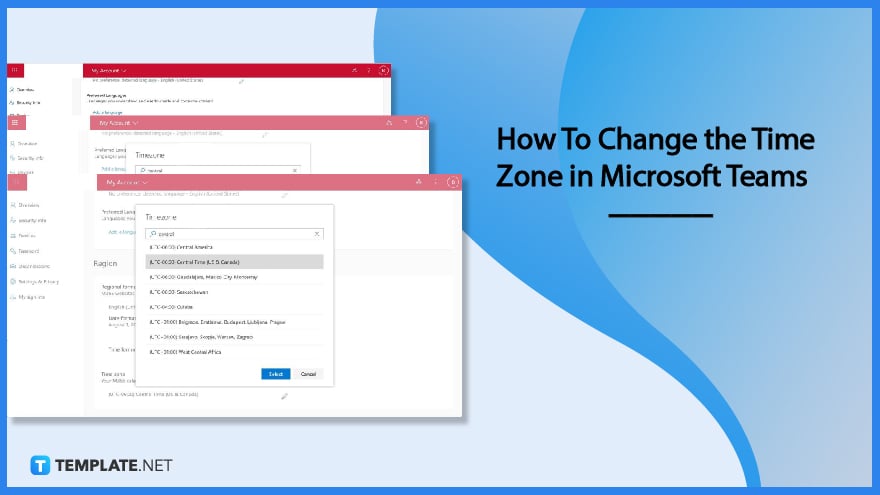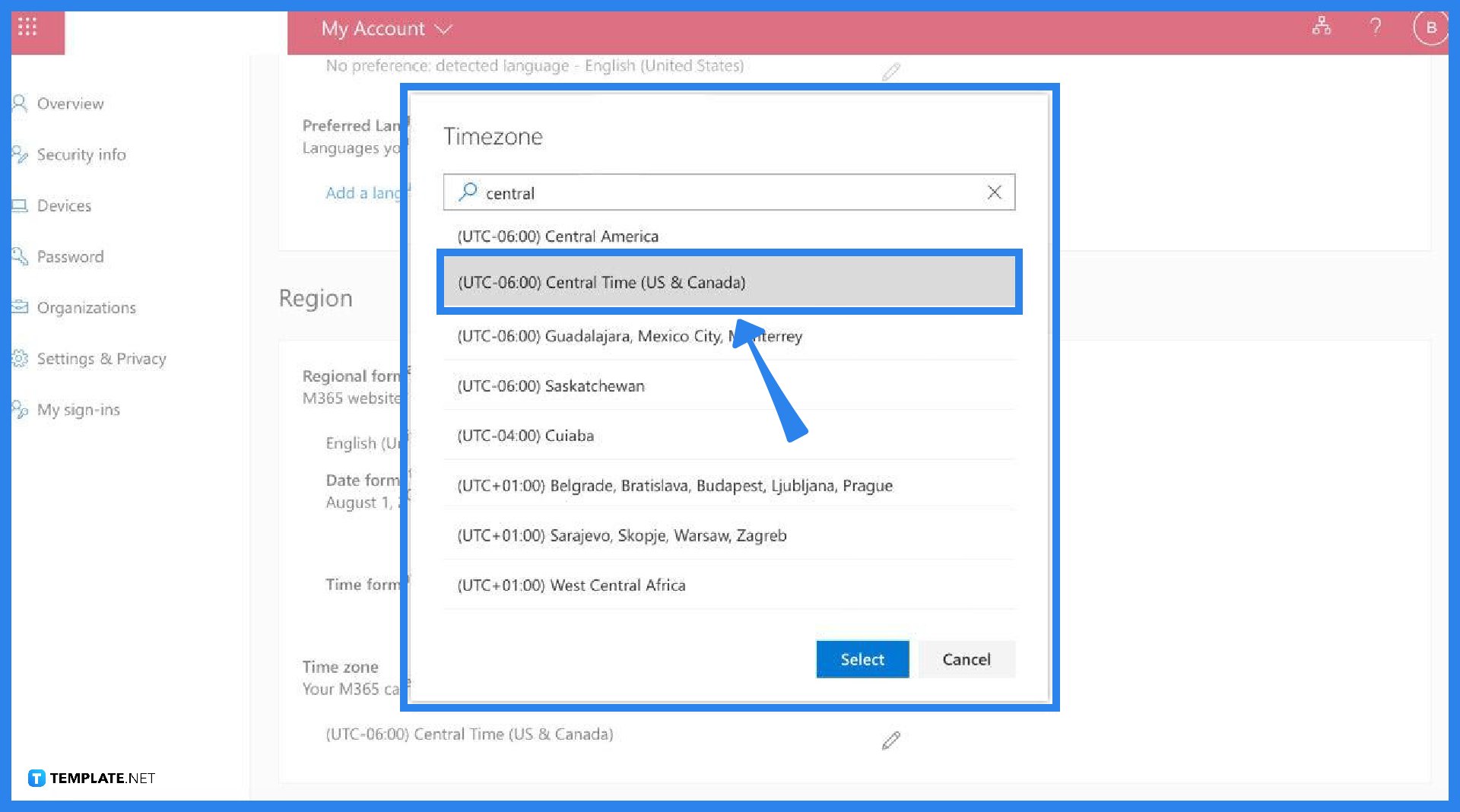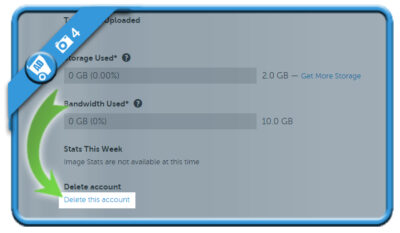Time zones play a crucial role in coordinating meetings and activities across geographically dispersed teams in Microsoft Teams. Here's a comprehensive overview to help you grasp the fundamentals:
- Time Zone Settings: Microsoft Teams automatically detects and displays the time zone based on your device's settings. This ensures that timestamps and scheduling align with your local time zone.
- Global Collaboration: With Teams being used by organizations worldwide, it's essential to understand that each user's time zone settings impact how meetings and notifications are displayed.
- Standard Time vs. Daylight Saving Time: Teams adjusts meeting times according to daylight saving time changes, but it's crucial to double-check scheduling during transition periods to avoid confusion.
- Coordinated Universal Time (UTC): Teams also allows users to schedule meetings in UTC, providing a standardized reference point for global collaboration.
| Location | Local Time | Equivalent UTC Time |
|---|---|---|
| New York | 9:00 AM | 2:00 PM (UTC) |
| London | 2:00 PM | 2:00 PM (UTC) |
| Sydney | 11:00 PM | 2:00 PM (UTC, Next Day) |
Understanding these concepts is essential for seamless collaboration and effective communication within Teams, regardless of your team's geographical distribution.
How to Change Time Zone in Microsoft Teams

Adjusting your time zone settings in Microsoft Teams is straightforward and can be done in a few simple steps:
- Open Microsoft Teams: Launch the Teams application on your desktop or log in to the web version using your browser.
- Access Settings: In the top-right corner, click on your profile picture to open the dropdown menu. Select "Settings" from the list.
- Choose General: In the Settings menu, navigate to the "General" tab.
- Locate Time Zone: Scroll down to find the "Time Zone" section.
- Select Time Zone: Click on the dropdown menu next to "Time Zone" to reveal a list of available time zones.
- Choose Desired Time Zone: Browse through the options and select the time zone that corresponds to your current location or preference.
- Save Changes: Once you've selected the correct time zone, click "Save" or "Apply" to update your settings.
By following these steps, you can ensure that Microsoft Teams accurately reflects your local time zone, making it easier to schedule meetings and coordinate with colleagues across different regions.
Also Read This: Simple Steps to Share Instagram Reels on Whatsapp Status Without Link
Tips for Managing Time Zones Effectively in Microsoft Teams
Effective time zone management is crucial for seamless collaboration and communication in Microsoft Teams. Here are some valuable tips to help you navigate time zone differences:
- Schedule Meetings Thoughtfully: When scheduling meetings, consider the time zones of all participants and aim for times that are convenient for everyone. Utilize the "Find a time" feature in Teams to identify overlapping availability.
- Use Coordinated Universal Time (UTC): Consider scheduling meetings in UTC, especially for international teams, to avoid confusion caused by varying time zones. Communicate the meeting time in UTC and let participants adjust it to their local time zone.
- Set Clear Expectations: Establish clear communication guidelines regarding time zone differences within your team. Encourage members to specify their local time zone when sharing meeting invitations or deadlines.
- Utilize Time Zone Labels: Leverage the time zone label feature in Teams to display multiple time zones simultaneously. This can help team members quickly understand the timing of events across different regions.
- Stay Flexible: Be flexible and accommodating when scheduling meetings with colleagues in different time zones. Consider rotating meeting times to accommodate various schedules and prevent burnout.
- Provide Time Zone Converter Resources: Share resources such as time zone converters or world clock apps with your team to facilitate easy time zone conversions. This can help team members quickly determine meeting times across different regions.
- Communicate Time Zone Changes: Stay informed about daylight saving time changes and other time zone adjustments that may affect your team. Communicate any relevant changes well in advance to avoid confusion.
By implementing these tips, you can foster a culture of understanding and cooperation within your team, despite geographical differences. Effective time zone management is essential for maximizing productivity and ensuring smooth collaboration in Microsoft Teams.
Also Read This: Learn How to Download Anything from IMDB App with This Easy Trick
Common Issues and Troubleshooting
While Microsoft Teams provides robust features for managing time zones, users may encounter occasional challenges. Here are some common issues and troubleshooting steps:
- Incorrect Time Zone Display: If Teams is displaying the wrong time zone, double-check your device's time zone settings. Ensure that your system time is set correctly and matches your desired time zone.
- Missing Time Zone Options: If you cannot find the time zone settings in Teams, make sure you are using the latest version of the application. Time zone settings may vary depending on the version and platform (desktop, web, mobile) you are using.
- Meeting Time Discrepancies: If meeting times appear incorrectly due to time zone differences, verify that all participants have set their time zones accurately in Teams. Encourage team members to double-check their settings to prevent scheduling conflicts.
- Time Zone Converter Errors: If you encounter errors when using time zone converters within Teams, try using external resources or websites for time zone conversions. Some third-party tools may offer more flexibility and accuracy.
- Daylight Saving Time Issues: During daylight saving time transitions, meeting times may shift unexpectedly. To avoid confusion, double-check meeting schedules before and after daylight saving time changes, and communicate any adjustments to your team.
- Time Zone Label Visibility: If time zone labels are not visible or accurate in Teams, check your display settings. Ensure that time zone labels are enabled in the application settings to view multiple time zones simultaneously.
- Technical Glitches: If you experience technical glitches or bugs related to time zone management in Teams, consider restarting the application or contacting Microsoft support for assistance. Report any recurring issues to help improve the overall user experience.
By troubleshooting these common issues and staying proactive in managing time zone settings, you can minimize disruptions and ensure smooth collaboration within your team using Microsoft Teams.
Conclusion
In conclusion, mastering time zone management in Microsoft Teams is essential for facilitating efficient collaboration and communication among team members across different regions. By understanding how time zones work in Teams, adjusting settings as needed, and implementing best practices for scheduling and communication, teams can overcome geographical barriers and work together seamlessly.
With the tips and troubleshooting strategies provided in this guide, users can navigate common challenges related to time zone differences and ensure that meetings and activities run smoothly. By fostering a culture of flexibility, clear communication, and respect for diverse schedules, teams can maximize productivity and achieve their goals effectively with Microsoft Teams.
Remember, effective time zone management is not just about adjusting clocks; it's about fostering understanding and cooperation across borders, ultimately leading to stronger collaboration and success for your team.














